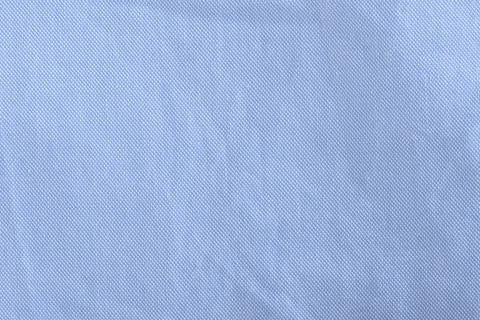Men's Dress Shirt Fabrics and Weaves
The canvas for creating a fitted men's dress shirt.

Often we people refer to shirt fabrics or dress shirt fabrics, they're referring to the actual weave of the fabric. The weave is the way in which the threads of cotton (called warp and weft) are actually put together to make a fabric. Different techniques create different properties in the fabric. We use a variety of weaves in our shirts to deliver durability and comfort.
Men's Dress Shirt Fabrics and Weaves

Poplin
Poplin, sometimes called broadcloth, is a plain weave which means the threads alternately cross over and then under each other. This results in a very smooth and durable fabric that has an almost silky hand feel, particularly with higher thread counts. Also, poplins look very crisp when ironed.

Twill
Twill fabrics have a weft thread that runs over and under multiple warp threads (as opposed to a plain weave where the weft crosses a single warp thread at a time). This can create interesting patterns like a herringbone, houndstooth or a simple, diagonal rib. Twills are very durable and have a softer hand feel than poplins and a bit more sheen.

Oxford
The traditional oxford is a basket weave where multiple weft threads are crossed over an equal number of warp threads. The threads are usually of a single color crossed with a white to give oxford its unique, checkerboard appearance. It's a fabric that can be worn casually or professionally depending on the thread count and finish.

Dobby
The dobby weave is considered a "fancy" weave because it generally has unique geometric patterns in the fabric. This is accomplished using a special loom that raises and lowers the warp threads individually, allowing the weaver to create distinctive patterns. Dobby fabrics come in all kinds of patterns, colors, weights and hand feels.

End on End
End-on-end fabrics are essentially poplins but with one colored and one white (or other color) thread. This gives the fabric a heathered appearance up close but looks like a solid color from a distance. End-on-ends are sometimes called fil-a-fil from the French for "thread-to-thread" or Chambray.

Herringbone
Herringbone weaves are most often found in wool fabrics and suiting, but they can also found in dress shirting. Herringbone weave is a type of twill, and has a distinctive V-shaped pattern, named after the herring fish. These weaves tend to be slightly heavier in weight, and are more often found in seasonal shirting fabrics for colder weather.

Print (Hand Blocked)
Print fabric patterns are printed onto the fabric, instead of woven by colored thread. Hand block printing involves cutting out patterns from wood blocks, which are then dipped in dyes and pressed in repeated patterns onto the fabric. Because the process is done by hand, it is natural to see deviations and slight aberrations in the pattern, which we consider a desirable imperfection.

Print (Screen)
Screen printing is the most common form of fabric printing as it allows for a fast transfer of pattern onto the fabric. As with block printing, the fabric may be piece dyed before printing to create a background color, but screen printing is more common because it usually produces a much more detailed and precise pattern than hand blocked methods.

Pin-Dot
Pin-dot fabrics is shorthand for jacquard fabrics that have a raised weave, in consistent patterns. The pattern might be dots, stripes or any number of other geometric shapes, but the design is incorporated into the weave rather than being printed on. The result is a slightly more textured fabric with extra dimension.